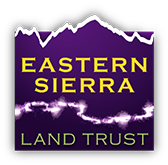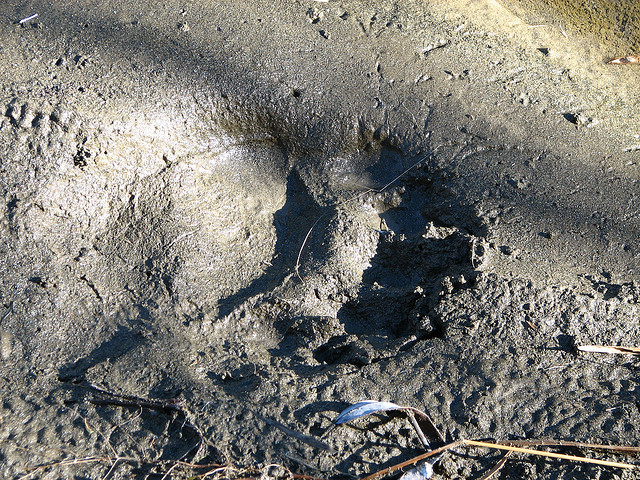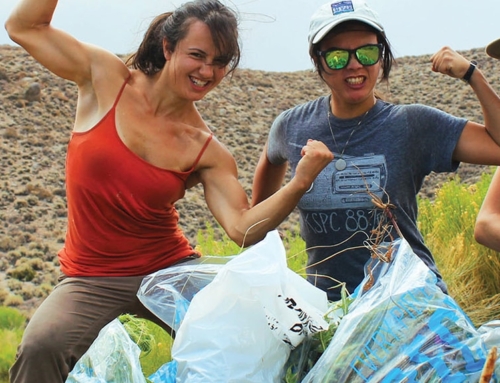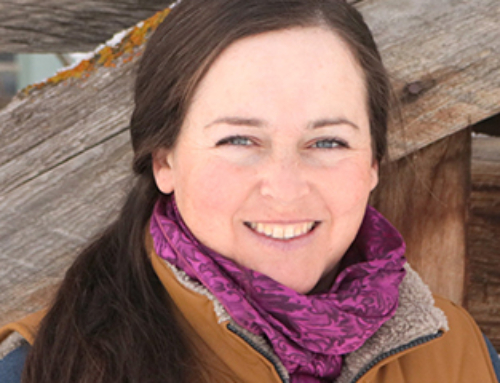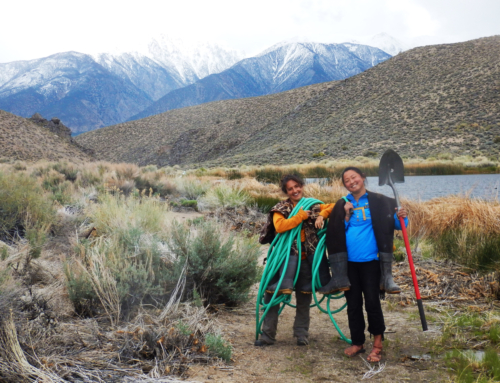Wildlife need to be able to get around too. Understanding this is simple; think about your own life. Imagine if you could not venture more than a block from your home. Sure, you could be pretty happy on the couch for a while, maybe even borrow some snacks from a neighbor, but what would happen when you ran out of coffee or had a craving for Thai food? What if you wanted to get to know that cute girl at the coffee shop? Yup, those are some of the reasons that plants and animals need to get around too — to find more suitable habitat, food, and even a mate.
These observations may seem simple, yet surprisingly they are relatively new ideas when it comes to land conservation planning. For many years the focus was on protecting large “core” areas of high quality habitat, which is certainly very important, yet not much thought was given to linking these important habitats together. More recently such linkages, often called “migration corridors” have been getting more attention. In fact, in 2010 the California Department of Fish & Game, along with the Dept. of Transportation released a new study called the California Essential Habitat Connectivity Project: A Strategy for Conserving a Connected California stating that it was necessary “because a functional network of connected wildlands is essential to the continued support of California’s diverse natural communities in the face of human development and climate change.”
Here in the Eastern Sierra region of California we are lucky enough to have large areas of protected public lands which support populations of a diverse array of wildlife species. However, since many of the same habitats that aredesirable to us humans, are important to wildlife as well, we need to be careful to try and minimizeunnecessaryimpacts to our neighbors.
Locally, perhaps one of the most well known migration corridors is that of theRound Valley mule deer herd. Here approximately 3,000 deer travel seasonally between their winter habitats in the Round Valley (just northwest of Bishop) north upslope along the Wheeler Ridge through the communities of Swall Meadows, Tom’s Place, Aspen Springs, and Mammoth — accessing their summer range in the High Sierra by traveling over the various mountain passes along the way.
Conservation easements, the primary land conservation tool we utilize here at ESLT, provide a method for private landowners to ensure that future uses of their land are compatible with the movement of wildlife, while keeping the land in private ownership.
If you are interested in learning more about the story of the Round Valley mule deer, Eastern Sierra Land Trust, conservation easements, or just want to get out on the land, please join use for theupcoming wildlife migration corridor field trip. This trip is planned for March 5 from 1-4pm and will be led by California Dept. of Fish & Game wildlife biologist Tim Taylor. If you would like more information or to sign up, please contact or give us a call at (760) 873-4554.
Aaron
